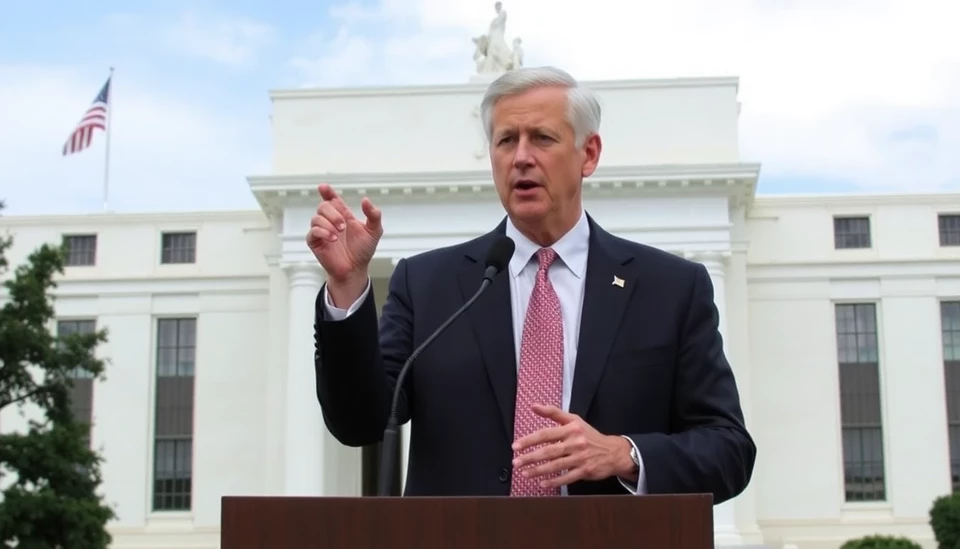
The recent discussions surrounding the Federal Reserve's monetary policy, particularly following Chair Jerome Powell's unexpected half-point increase in interest rates, have ignited considerable debate among economists and market analysts. While Powell's move was seen as a decisive action to combat persistent inflation, experts are questioning whether such aggressive measures can be repeated in the near future, especially with the current economic outlook.
In the wake of the October Federal Open Market Committee (FOMC) meeting, many in the financial sector are taking stock of quarterly reports from major corporations that fell short of expectations. A notable theme in earnings calls has been a recurring mention of demand softening, which signals a potential cooling of the economy. This trend raises a crucial question: can the Federal Reserve afford to implement further substantial rate hikes when many indicators suggest a shift in economic momentum?
Powell's recent increase, while effective in sending a strong message about the Fed's commitment to tackling inflation, has left economists scrutinizing the balancing act required moving forward. Many believe that the Fed will tread cautiously as it navigates a complex landscape marked by inflationary pressures and potential signs of an economic slowdown.
Notably, some FOMC members have expressed concerns over the sustainability of additional rate hikes given the fragility of the current economic situation. The combination of rising interest rates, coupled with signs of weakening consumer confidence, could potentially steer the economy into a downturn if not managed appropriately.
Recent comments from Fed officials indicate there may be an inclination to pause rate increases, at least until there is more clarity on the impact of previous hikes on the economy. The balancing act between fostering economic growth and controlling inflation is more precarious than ever.
Furthermore, a significant trend has been the declining expectations for labor market growth, as businesses adjust to an environment of higher borrowing costs and shifting consumer behaviors. This adjustment could shape the FOMC's future decisions, as the Fed aims to support employment while not losing sight of its inflation targets.
Overall, while Powell's approach has set a tone of vigilance against inflation, it’s clear that navigating the next steps will require a nuanced understanding of both domestic and global economic indicators. Continuous data monitoring, alongside careful communication from the Fed, will play a pivotal role in how markets react to potential changes in policy.
As we look ahead, observers should remain alert to upcoming announcements from the Federal Reserve and market reactions to both economic data releases and corporate earnings that could impact their decision-making process.
In conclusion, the possibility of further half-point rate increases remains uncertain. As the Fed takes a wait-and-see approach, economic indicators will be under the microscope, providing essential insight into the future direction of U.S. monetary policy.
#FederalReserve #InterestRates #JeromePowell #Economy #Inflation #FOMC #MarketTrends #InterestRateHikes #EarningsReports #ConsumerConfidence #EconomicForecasts
Author: Rachel Greene




